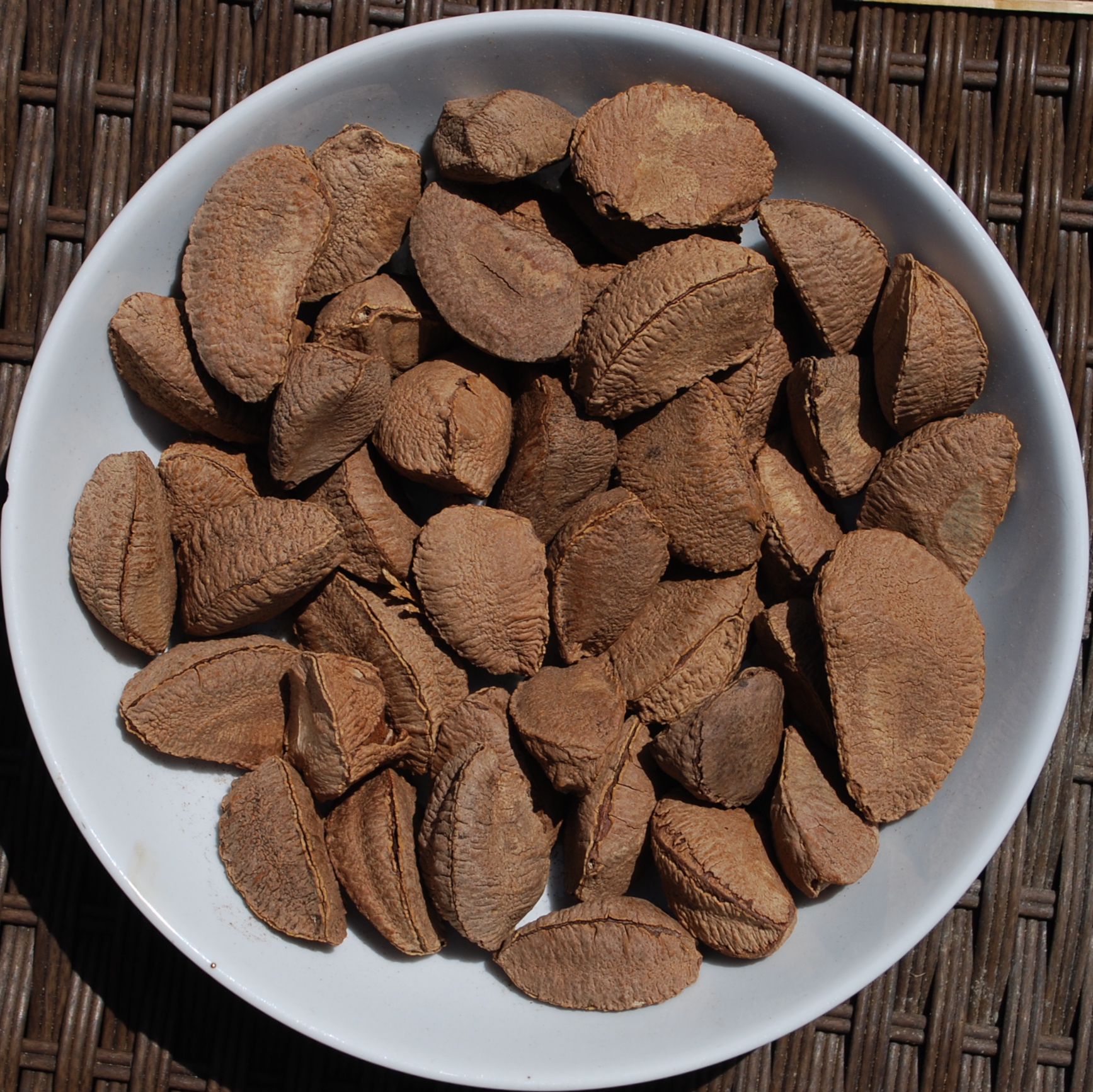One of the reasons I’ve come to love fall, despite my utter despise of cold air, is the excuse to gorge myself on sweets. PSLs, kettle corn, and Halloween candy suddenly lie within their own seasonal food group.
While fall is a time for sweets, it is also a metaphorical and literal season of change. In November, the 2016 Presidential Election will bring about a new US leader for possibly the next four to eight years. And race and immigration are some of the top two debates on this year’s ticket.
This being the case, when son of this year’s Republican nominee and globally-known entrepreneur Donald Trump Jr. compared refugees to Skittles candy, he rightly received a wave of criticism.
The backlash would explain why the graphic in his offensive tweet had to be taken down, which featured an image of Skittles candy with the caption, “If I had a bowl of Skittles and I told you just three would kill you, would you take a handful? That’s our Syrian refugee problem.”
This image says it all. Let’s end the politically correct agenda that doesn’t put America first. #trump2016 pic.twitter.com/9fHwog7ssN
— Donald Trump Jr. (@DonaldJTrumpJr) September 19, 2016
He was critically denounced for his comment, and Mars was certainly not behind this brand recognition.
I couldn’t agree more with their statement. People are not candy, and Trump’s comparison was completely inappropriate. While Syrians and Skittles could pass as an alliteration, the two are completely unrelated, and thus Trump’s statement does nothing to address any real-world, human “problem.”
— Mars, Incorporated (@MarsGlobal) September 20, 2016
Unfortunately, an inappropriate relationship between candy and race isn’t unfamiliar. Trump Jr. and others may not have known that there are actually historical traces of bigotry found wrapped in plastic and sugarcoated through candy.
According to the NPR’s The Salt, marks of white supremacy emerged in the candy industry post-WWI, after sugar trade routes reopened and companies could make a good profit from lower sugar prices. Supply and demand were high for sweets, and finding consumers was no problem.
However, in a then-segregated society, racist attitudes applied to market segmentation, and the industry found a way to exploit racial and socioeconomic hierarchy through processed sugar.

Considerably fancier candies, like chocolate truffles or bonbons were marketed mainly toward middle-class, white women and children. These candies were usually made through a more intimate, hand-made process (or at least were marketed as such), and white women were usually the ones hired to make them.

Stick candy, or others that were cheaply-made and mass-produced, were targeted toward immigrant (mainly Irish and Chinese) and African American children. Minorities typically had less money to spend on candy, and their access was limited to cheap products.
Besides economics, some candy marketing campaigns were just outright racist. One campaign for Hendler Creamery Co.’s Picaninny Freeze clearly depicts a dark-skinned girl in what looks to be a field hillside, childishly eating the watermelon-shaped frozen treat. The girl’s skin and hair are completely black, with her twists looking more like spikes protruding from her head than natural hair. Her lips are cartoonishly large and red, as she grins in a field with her five-cent Freeze.

As if the picture hadn’t already portrayed enough racist stereotypes, the word Pickaninny was originally used as a derogatory term toward dark-skinned children. This derives from the Portuguese word pequeno, meaning little. It was used with the same context as wanton or foolish.
The actual candy that these companies were selling to all races were even worse. In historian April Merleaux’s book, Sugar and Civilization, she reveals the chilling truth of African American and Afro-Caribbean children depicted as edible chocolates.
Chocolate-covered Brazil nuts were sold as “n****** toes” and Chocolate Babies were also widely popular chocolate miniature commidities.

Although society continues to strive towards progress, we can’t sugarcoat reality. There has always been a clear relationship between race and class. Minorities are associated with living a cheaper lifestyle, primarily due to the uneven distribution of wealth and accessibility.
When companies market this mentality, especially toward children, what are they encouraging? What does this predetermination do to the psyche of minority youth? What happens when you compare the value of people with the same value of candy?
Thinking on this, maybe we can learn to be more mindful (or simply more human) when discussing race. My goal is not to discourage you from enjoying your Halloween candy, but I do think it’s important to know the truth, know matter how bitter it may be.


